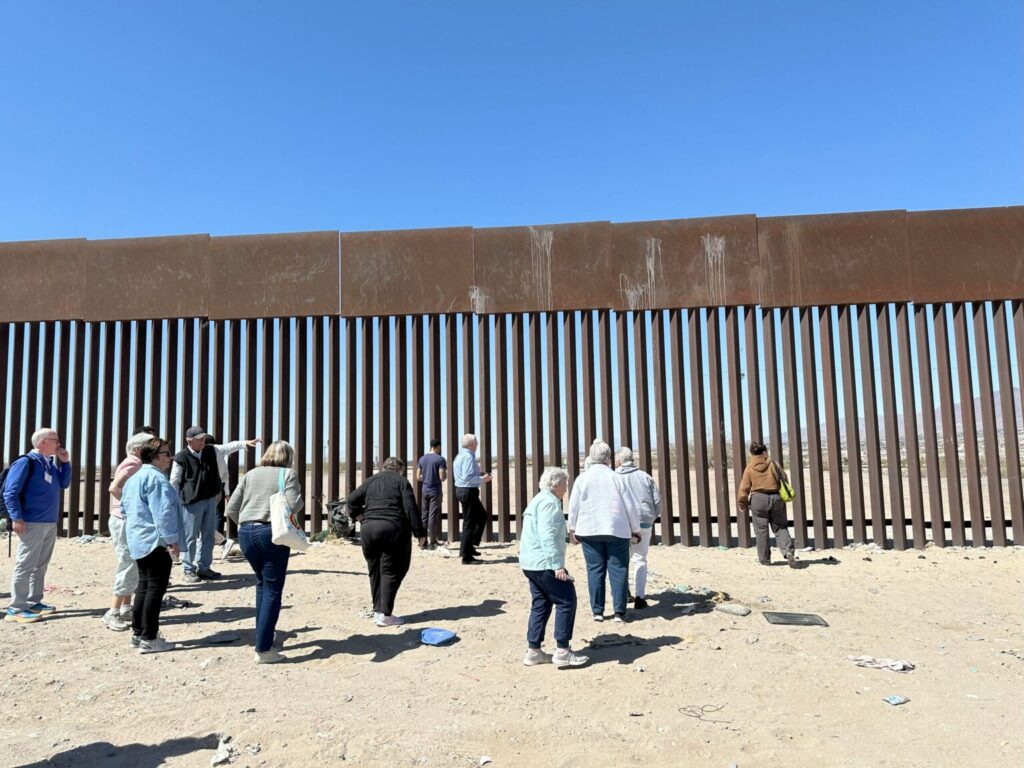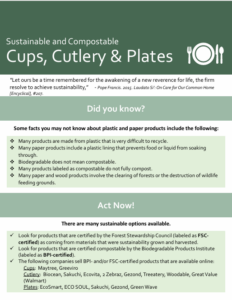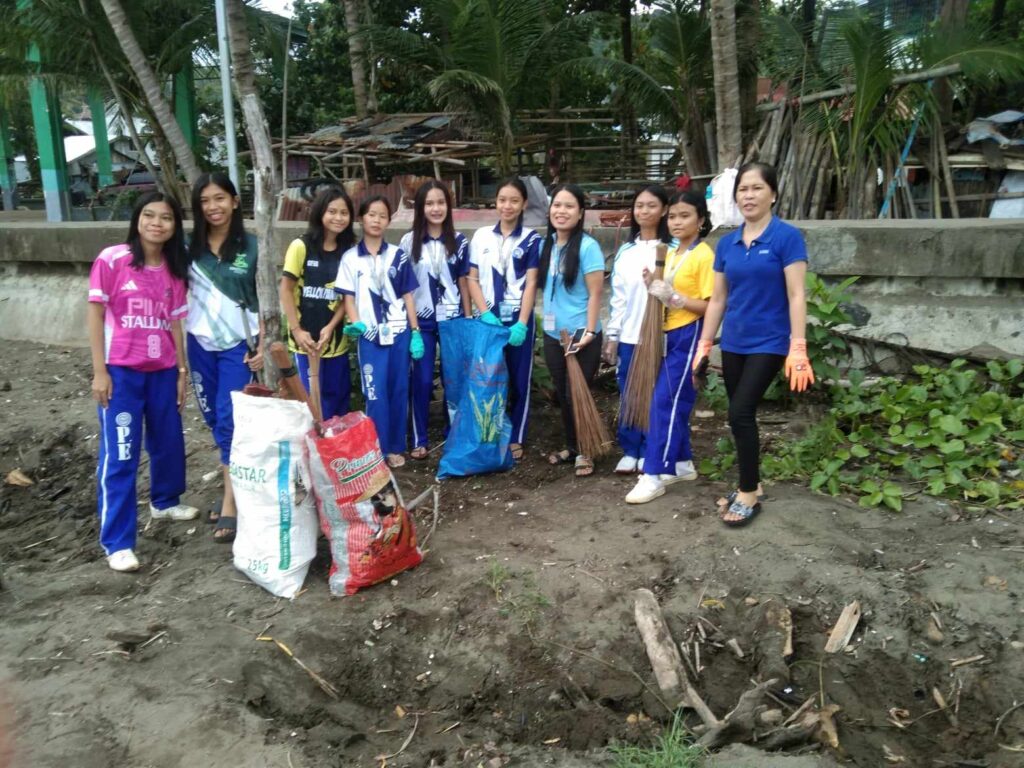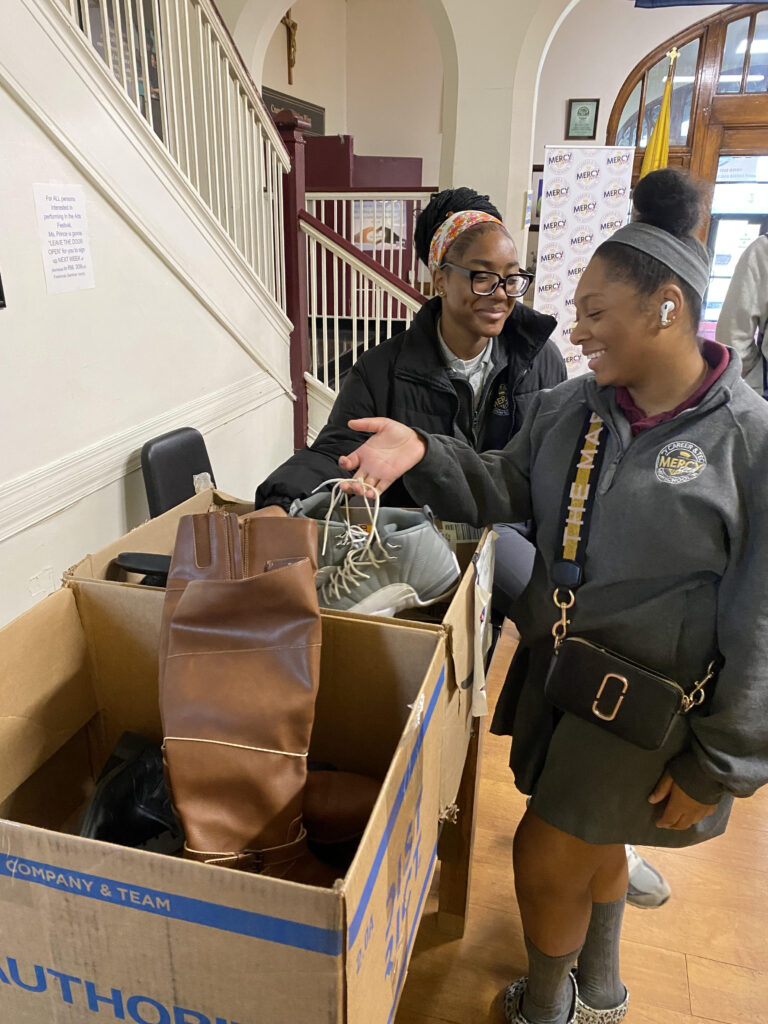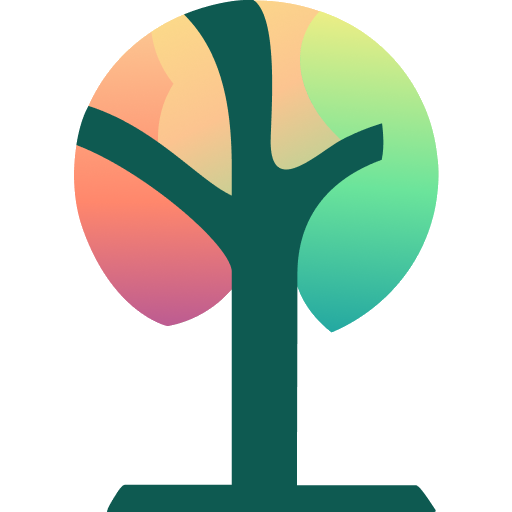By Jason Giovannettone, Climate and Sustainability Director
As we move into warmer months, many of us are finalizing travel plans for the summer. The way we travel though can have a substantial impact on the environment. So how do we know when to take a train, plane, automobile, or bus? We will consider this question from the standpoint of trying to minimize the amount of greenhouse gas emissions created.
Emissions due to travel are dependent on the following:
- fuel mileage (miles per gallon or mpg)
- the amount of gas emissions created for each gallon of fuel, or each kWh of electricity used
- the number of people traveling with you.
1. Fuel Mileage: Fuel mileage varies considerably depending on the type of transportation and the extent to which transportation depends on electricity vs. liquid fuel (e.g., gasoline, diesel, jet fuel). The average estimated mileage for various transportation and fuel types is given below:
- Automobiles (all): 28.3 mpg
- Automobiles (hybrid): 50.0 mpg (represents the low end of the expected range of fuel mileage for a 2024 Toyota Prius, which can get up to 57.0 mpg.)
- Domestic Flights (jet fuel): 0.50 mpg
- Transit Trains (diesel): 6.9 mpg
- Amtrak Trains (electric): 0.10 miles per kWh
- Transit Bus (diesel): 4.0 mpg
- Intercity Bus (diesel): 6.4 mpg
2. Carbon Emissions per Gallon: This measures the carbon emissions that are created for each gallon of fuel or kWh of electricity consumed. Estimates are given below as pounds of carbon dioxide equivalent (CO2e) per gallon of fuel or electricity. Note: the term “carbon dioxide equivalents” refers to the combined impacts of all greenhouse gases.
- Gasoline: 20.86 pounds of CO2e per gallon
- Diesel: 22.45 pounds of CO2e per gallon
- Jet Fuel: 21.50 pounds of CO2e per gallon
- Electric: 0.81 pounds of CO2e per kWh
3. Number of People: If you are in a car with one other person, you are responsible for half of the emissions created during the trip. If you are on a plane with hundreds of people, you are responsible for a smaller portion of the emissions created by the plane. The values provided below are rough averages of the number of passengers per transportation type and are only provided as examples.
- Automobiles (all): 1.5 passengers per vehicle
- Domestic Flights: ~120.4 passengers per flight
- Amtrak Trains: ~169.6 passengers per train
- Transit Bus: maximum capacity = 60 to 90 passengers
- Intercity Bus: ~43.7 passengers per trip
Conclusions:
When only considering the efficiency of the fuel used, automobiles seem like the more environmentally friendly option when traveling. But when considering the substantially higher number of people who typically travel on a single train or airplane, automobiles (excluding hybrids) emit more greenhouse gases per mile than a train or airplane (see below for individual carbon footprints of each passenger). As the number of passengers increases to 3 or more, automobiles become a more sustainable choice.
- Transit Trains (electric): 0.15 lbs CO2e per mile
- Amtrak Trains (electric & diesel): 0.26 lbs CO2e per mile
- Automobiles (hybrid): ~0.27 lbs CO2e per mile (based on the lower end of expected mileage for a 2024 Toyota Prius)
- Domestic Flights (jet fuel): 0.39 lbs CO2e per mile
- Automobiles (all fuel types): 0.48 lbs CO2e per mile
- Transit Bus (diesel): 0.80 lbs CO2e per mile
- Demand Response (includes Uber): 2.70 lbs CO2e per mile
Green Tip
When planning your next trip, try to use more sustainable forms of transportation based on the information above. Consider the number of passengers who will be traveling with you when you make your decision.
Sources

